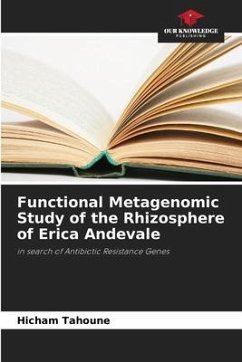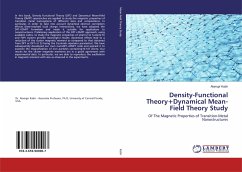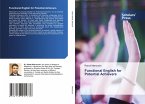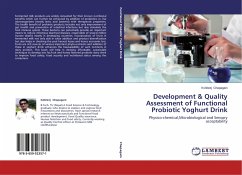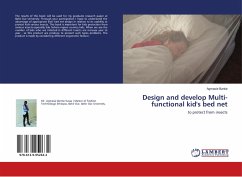Recently, metagenomics has emerged as an alternative to conventional microbiological screening methods, since it allows comprehensive study of microbial communities in their natural environment. Here, we used this technique to assess the extent and diversity of resistance mechanisms in microbial communities associated with the rhizosphere of Erica andevalensis, an extremophilic heather endemic to the Rio Tinto river, Spain. To this end, we built a metagenomic library based on the pBluescript SKII+ plasmid as cloning vector, accepting inserts ranging in size from 2500bp to 8000bp (base pair). Our library included 60,000 clones, to which we subjected four antibiotics: nalidixic acid, tetracycline, streptomycin and kanamycin. Against these, we isolated a resistant clone with MIC = 10mig/ml. Sequencing of the insert and subsequent bioinformatics analysis revealed it to be an aminoglycoside phosphotransferase APH III, which acts by phosphorylation deactivation of the antibiotic.

